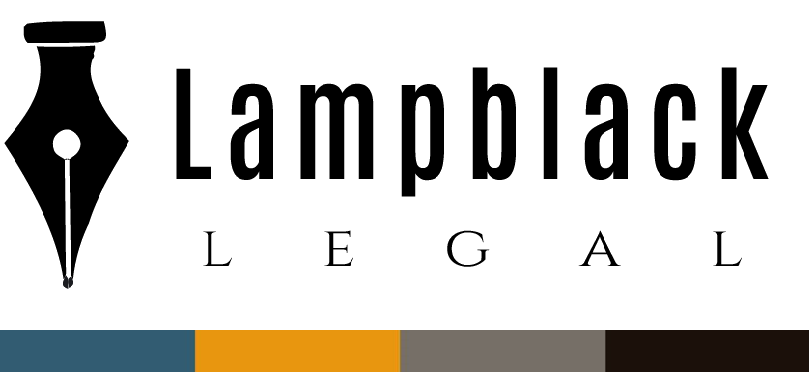Clarifying copyright for the visually impaired - The Marrakech Convention Implementation Act
Traditionally there has been a dearth of reading material for the blind/visually impaired, with only a fraction of literary works being published in such accessible formats. While there are a number of reasons for this, one has been federal copyright law.
The penalties for violating the federal Copyright Act can be severe, with a copyright holder having the choice of statutory damages ($750 for non-willful infringement and up to $30,000 for willful infringement), or actual damages. As these penalties apply per instance, these penalties are severe enough to have a chilling effect on the permissible copying of copyrighted material. One area in which this has been the case is copying copyrighted works into formats for exclusive use by the visually impaired.
In theory, the right to copy works for use by the blind/visually impaired for purpose is well established - both under the Fair Use Doctrine which underpins the use of copyrighted works in a variety of settings, such as for educational instruction and for critical review/satire, and by The Chafee amendment, which inserted Sec. 121 into the Copyright Act, which enshrined this right in statute and provided, in relevant part that “it is not an infringement of copyright for an authorized entity to reproduce or to distribute copies or phonorecords of a previously published, nondramatic literary work if such copies or phonorecords are reproduced or distributed in specialized formats exclusively for use by blind or other persons with disabilities”.
Perhaps due to the apparent carte blanche that a broad interpretation of this amendment conceivably gave to non-profit institutions (including universities) to reproduce copyrighted materials for any student with a learning disability, the Association of American Publishers (Association of American Publishers) in 2004 released a position paper that made it clear that the Chafee amendment does not apply to non-profit institutions (e.g. universities) that happen to provide reading materials to the visually impaired, but rather it only applies to smaller, standalone institutions that specifically have as their purpose the provision of such reading material. Furthermore, they took the position that the word “exclusively” in the amendment, meant that only reproduction in formats that can exclusively be used by the visually impaired were covered, and that furthermore only formats existing in 1996 were covered (e.g. magnetic tape). These positions, and the ambiguity of the text of the Chafee Amendment created an air of uncertainty regarding the scope of the Chafee Amendment, and the protection it offered. Many organizations simply didn’t want to risk reproducing copyrighted material for fear of being sued, a costly proposition even with the law on your side.
Fast forward to 2019 and the uncertainty has largely dissipated. The Marrakech Convention Implementation Act was signed into law in October 18, 2018 which had the effect of broadening the text of Sec. 121 of the Copyright Act (initially introduced by the Chafee Amendment) to change the wording of formats into which copyrighted works could permissibly be reproduced from “specialized formats” to “accessible formats”, and from “for use by blind or other persons with disabilities” to “use by eligible individuals”, which in turn is defined “an individual who, regardless of any other disability— (A) is blind; (B) has a visual impairment or perceptual or reading disability that cannot be improved to give visual function substantially equivalent to that of a person who has no such impairment or disability and so is unable to read printed works to substantially the same degree as a person without an impairment or disability; or (C) is otherwise unable, through physical disability, to hold or manipulate a book or to focus or move the eyes to the extent that would be normally acceptable for reading”.
These changes make i it difficult to argue that the word “exclusively” in the text of Sec. 121 only permits formats that can solely be used by those with disabilities that prevent them from reading a “standard” book, or that such formats are locked in time in 1996. If this were the interpretation, then no formats would be permissible - “talking book”, and large text formats (and even braille if they can be used by any non-visually impaired individual) would be outside the scope of the law because they can be used by anyone. As these are clearly “accessible” formats, the only rational reading of the word “exclusively” is that the reproduced works must only be provided to eligible individuals.
These changes have brought much needed clarity to the issue surrounding the reproduction of copyrighted work for the visually impaired and will hopefully result in broadened access to reading material for the blind/visually impaired.
